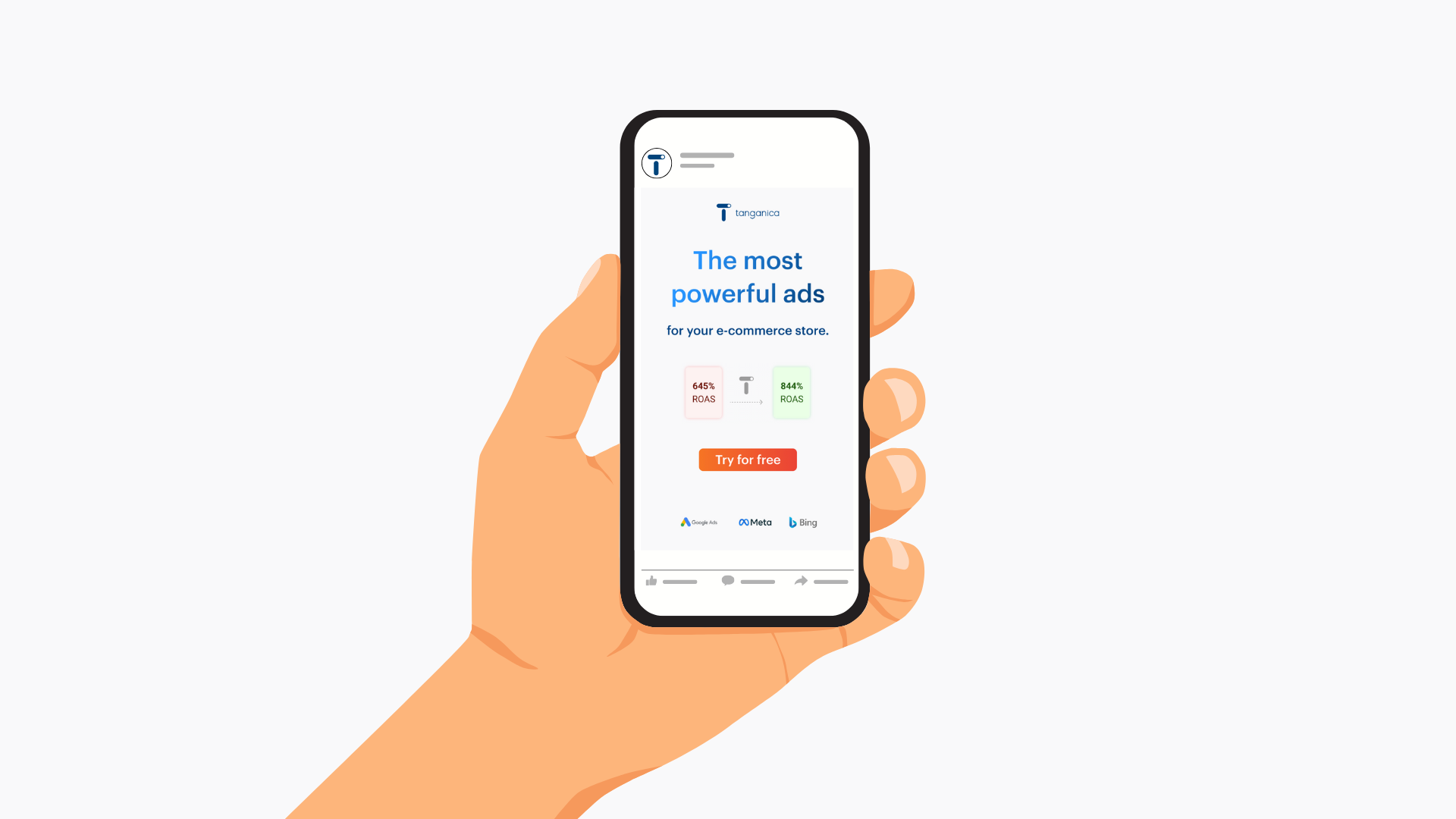7 simple tips for creating a successful advertising campaign

An advertising campaign can be a key tool for increasing brand awareness, acquiring new customers, and boosting sales. In today’s competitive environment, a successful campaign results from careful planning, creativity, and analysis. Let’s take a look at how to create a campaign that captures attention and delivers results.
1. Define your campaign goals
Before you start planning the creative concept, it’s important to set clear objectives. What do you want to achieve with your campaign? It could be:
- Increasing brand awareness
- Acquiring new customers
- Boosting sales or website traffic
- Promoting a specific event or product
Setting specific, measurable, achievable, relevant, and time-bound (SMART) goals will help you better track the campaign’s success and optimize it over time.
2. Know your target audience
The success of a campaign depends on how well you understand your audience. Determine:
- Their demographic details (age, gender, education, income)
- Their interests and needs
- Where they spend time both online and offline
This analysis allows you to tailor the content, language, and visuals to effectively reach the right people.
3. Create a strong and consistent creative concept
The creative concept is the heart of your campaign. It should:
- Tell a story that resonates with your audience
- Be unique and memorable
- Support the values and image of your brand
Invest time in developing visuals, texts, and possibly videos that remain consistent across all channels. Creativity can significantly influence how people remember and react to your campaign.
4. Choose the right communication channels
Based on your insights about your target audience, select the communication channels that will best reach them. Common channels include:
- Social media (Facebook, Instagram, LinkedIn, TikTok)
- Online advertising (Google Ads, banner campaigns)
- Email marketing
- Traditional media (television, radio, print)
Each channel has its own specifics, so make sure that your campaign content is suitable and optimized for the chosen format.
5. Plan and budget
A well-thought-out plan is the foundation of a successful campaign. Include:
- A timeline for the various phases of the campaign
- A detailed budget that covers costs for content creation, advertising, potential influencers, and other expenses
- A contingency plan for unexpected situations
Thorough planning will help you use your resources efficiently and adapt as the campaign progresses.
6. Execute and monitor the campaign
Once everything is prepared, it’s time to launch your campaign. During execution, regularly monitor key performance indicators (KPIs), such as:
- Reach and engagement on social media
- Click-through rates and conversion ratios
- Return on investment (ROI)
Regular analysis allows you to identify what is working and what needs to be adjusted in a timely manner.
7. Evaluate and optimize
After the campaign ends, it’s important to conduct a thorough evaluation. Determine:
- Which strategies delivered the best results
- Where deviations from the original goals occurred
- What insights can be applied to future campaigns
Optimizing based on the gathered data will better prepare you for future marketing challenges.
Conclusion
Creating a successful advertising campaign is a complex process that requires careful planning, a deep understanding of your target audience, and a creative approach. By following the steps outlined above, you can build a campaign that not only captures attention but also achieves the desired results. Experiment, keep up with trends, and don’t hesitate to optimize your approach - success is within reach. And if you’re looking for a simple solution, Tanganica allows you to create successful advertising campaigns with just a few clicks.


.svg.png)








